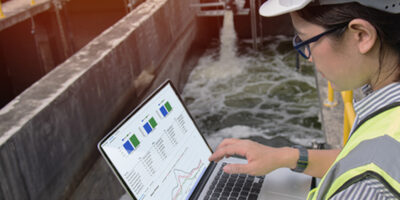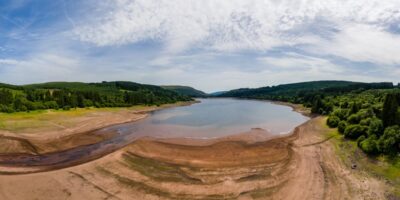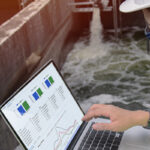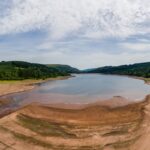Throughout the last couple of decades, exponentially increasing computing power and swiftly improving machine learning algorithms to analyse collected data have transformed several aspects of business operations. As a result, these types of pioneering technology trends are predicted to continue to grow and impact many different sectors across a wide range of industries. Inspired by the changes machine learning has on other industries, the fast computation time, enabled by machine learning, is especially valuable for flood early warning systems and guiding mitigation activities in real-time. Thus, offering new and intriguing opportunities for reducing the impacts of floods.
More and more people affected by flooding
Today, the risk of flooding is increasing due to heavier rain and storms as well as population growth and increased development close to rivers and coastal areas. As data shows growth in terms of people affected, floods are a concern for a lot of countries around the world. According to a new analysis by the World Resources Institute, the number of people who will be affected by floods will double worldwide by 2030. These findings will not only impact human lives, but also have financial consequences since major flooding events can cause significant damage to properties and urban infrastructure.
With an increasing number of people and economies being impacted by flood events, organisations and governments are acknowledging the need to develop quick, accurate and reliable real-time flood forecasts for the next days, hours and even minutes in order to make advanced predictions of when and where flood events will happen. In other words, real-time knowledge of floods will help decision makers to identify the best remediation options based on the characteristics of the specific flood event that is going to happen. Therefore, supplementing existing hydrological flood forecasting methods with machine learning methods can help boost flood preparedness.
Why apply machine learning to create flood maps and forecast urban floods?
In essence, machine learning algorithms discover patterns in data and use the patterns to make accurate predictions about new data.
Taking this concept into account, an artificial neural network algorithm can be used to predict water levels based on precipitation data. A data-driven flood mapping tool that uses the forecasted water level and data on bathymetry and elevation is then used to produce flood maps (Figure 1). By doing so, machine learning offers a set of mathematical methods for pulling out important insights from data that can be exploited and used as a basis for both quick and accurate data-driven decision-making. With a fast forecasting model, decision makers can quickly test different remediation activities, calculate new flood maps and thereby operationally decide which activities to implement in order to mitigate the impact of floods in the best possible way.
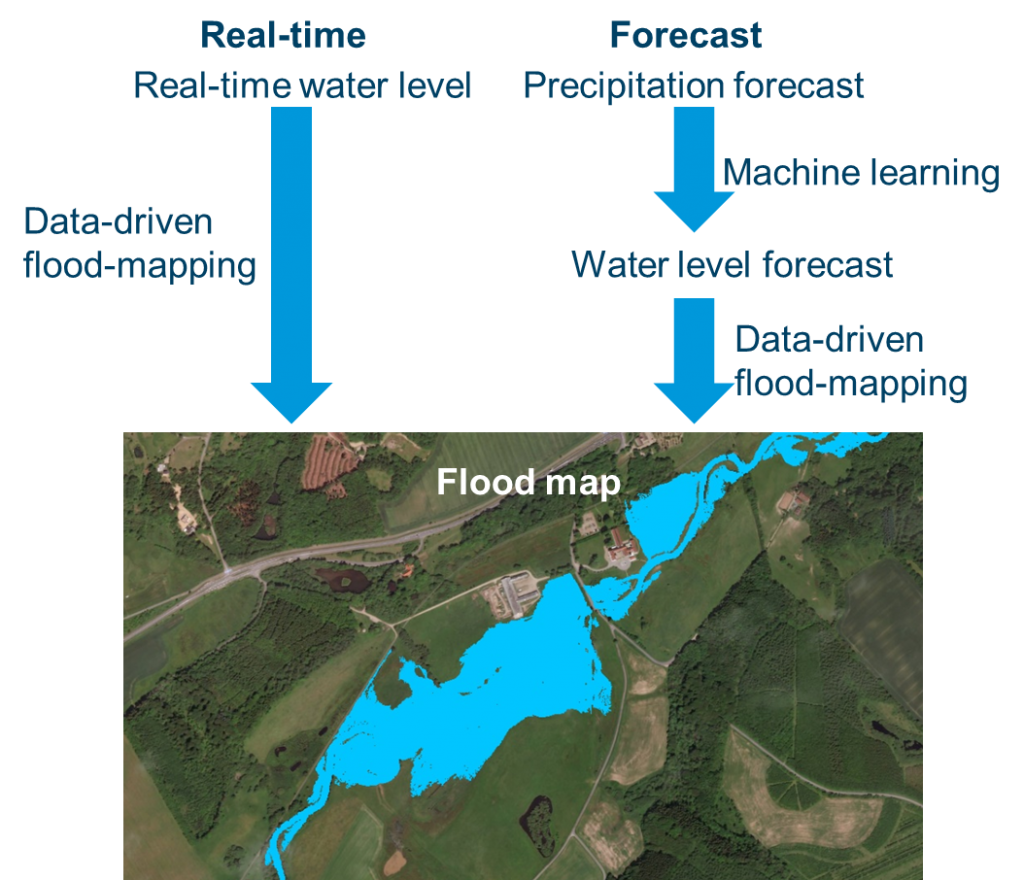
Figure 1 – Flood map of a stretch of Vejle Å, Denmark. Mapped using a data-driven machine learning method combined with a topography GIS layer © DHI
In addition to flood maps, machine learning can also be explored to forecast floods in urban areas. Often numerical models are used for hydrodynamic simulations to forecast floods. However, models based on machine learning techniques have recently been used to provide early warning of floods in cities. Results have shown that machine learning can be applied to improve flood forecasting, estimate maximum flood depth as well as flood alerting. Statistical analysis based on the comparison between machine learning and numerical models verified that the machine learning models could provide fast and accurate forecasts for estimating urban floods.
By utilising machine learning methods to train a machine learning model based on data generated by hydrological models, the machine learning model is trained both on historical data and data from hydrological models. This makes forecasting more robust and much faster. Hence, making it possible to combine traditional models with machine learning which allows decision makers to get the best of both worlds.
Want to know more about how to improve operational water forecasting?
As the world continues to face water challenges and technology trends keep emerging and maturing, it is more than ever important to investigate how technology such as machine learning can power water professionals and fuel decision-making in order to address comprehensive water challenges.
Know your options for protecting societies from flood & drought disasters. Contact us to explore our range of integrated solutions.

